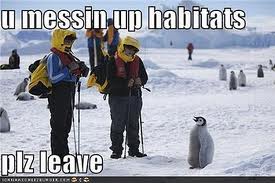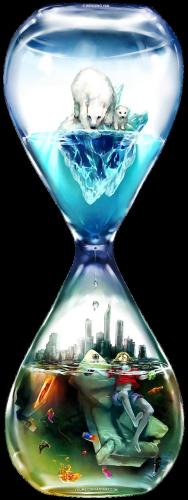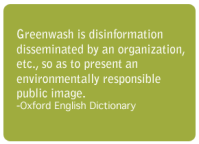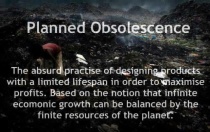We hear about animals all the time, big animals, small animals, endangered animals, lions, tigers, rhinos, birds and whales. But there are animals that we don’t hear about that often, if ever…

Narwhal’s tusk is super sensitive

Narwhals’ distinctive long tusks are super sensitive, research has found.
The whales are known for their tusks which can reach 2.6m (9ft) in length, earning them comparisons with mythological unicorns.
The tusk is an exaggerated front tooth and scientists have discovered that it helps the animals sense changes in their environment.
Experts suggest males could use the tusks to seek out mates or food.
The results are published in the journal The Anatomical Record.
 Dr Martin Nweeia from the Harvard School of Dental Medicine, US, undertook the study alongside an international team of colleagues.
Dr Martin Nweeia from the Harvard School of Dental Medicine, US, undertook the study alongside an international team of colleagues.
Through the years, many theories have tried to explain the function of the narwhal’s impressive tusk.
“People have said it’s everything from an ice pick to an acoustic probe, but this is the first time that someone has discovered sensory function and has the science to show it,” said Dr Nweeia.
More recently, experts have agreed that the tusk is a sexual characteristic because it is more often exhibited by males and they appear to use them during fights to assert their social hierarchy.
But because the animals are rarely seen, the exact function of the tusk has remained a mystery.
Previous studies have revealed that the animals have no enamel on their tusk – the external layer of the tooth that provides a barrier in most mammal teeth.
Dr Nweeia and the team’s analysis revealed that the outer cementum layer of the tusk is porous and the inner dentin layer has microscopic tubes that channel in towards the centre.
In the middle of the tusk lies the pulp, where nerve endings which connect to the narwhal’s brain are found.
“Although it’s a rigid tooth, it has a very permeable membrane,” said Dr Nweeia.
He explained that because of this structure, the tusk is sensitive to temperature and chemical differences in the external environment.
The researchers proved the link when the tusk was exposed to different salt levels in the water and there was a corresponding change in the narwhal’s heart rate.
He described the tusk as “unique” in the animal kingdom because its porous outer layer is usually only found below the gum line in mammals, where it is only exposed by damage or disease.
“The narwhal is the only example documented where teeth are shown to have the ability to constantly sense environmental stimuli that would not necessarily be considered a threat,” he said.
“If you were looking for an ideal and fascinating tooth to study there’s no question this would be it.”
The tusk grows in a counter-clockwise spiral so it does not curve in the same way as an elephant’s tusk but protrudes straight out.
Dr Nweeia is fascinated by the fact that narwhals put all their tooth-growing energy into a single tusk rather than having a set of teeth to help them eat their diet of large fish, such as halibut.
His previous studies of narwhal skulls and tusks held in museums revealed that the distinctive tusk is the left canine tooth that erupts through the upper lip of males.
Their right canine tooth remains embedded in their skull and in females neither of these teeth usually erupt; though in some rare cases they have a pair of tusks reaching up to 30cm long.

Narwhals are instantly recognisable in Arctic waters
It remains unclear whether the animals have evolved the tusk’s sense functions or whether it is an evolutionary throw back.
“We’re just looking at one time frame in evolutionary history,” said Dr Nweeia.
“We don’t know if this is a sensory organ that is gaining more function, or is this a sensory function that is losing some of its ability?”
He added: “It’s an incomplete puzzle and basically we’ve added a few important pieces.”
The dentist suggests the sensory ability of the tusk might have advantages for males as they could use it to detect where females are, whether they are ready to mate, or how to find food for newborn calves.
His research is now focusing on traditional knowledge, asking hunters in the high Arctic for their observations in the hope that more information on the secretive animals’ behaviour can unravel the mystery of the narwhal’s tusk.

 Not a moan this morning, rather good news.
Not a moan this morning, rather good news.












 Actually, this one’s not so simple, and you probably don’t have one of these in the backyard already.
Actually, this one’s not so simple, and you probably don’t have one of these in the backyard already.



 Dr Martin Nweeia from the Harvard School of Dental Medicine, US, undertook the study alongside an international team of colleagues.
Dr Martin Nweeia from the Harvard School of Dental Medicine, US, undertook the study alongside an international team of colleagues.
























Recent Comments